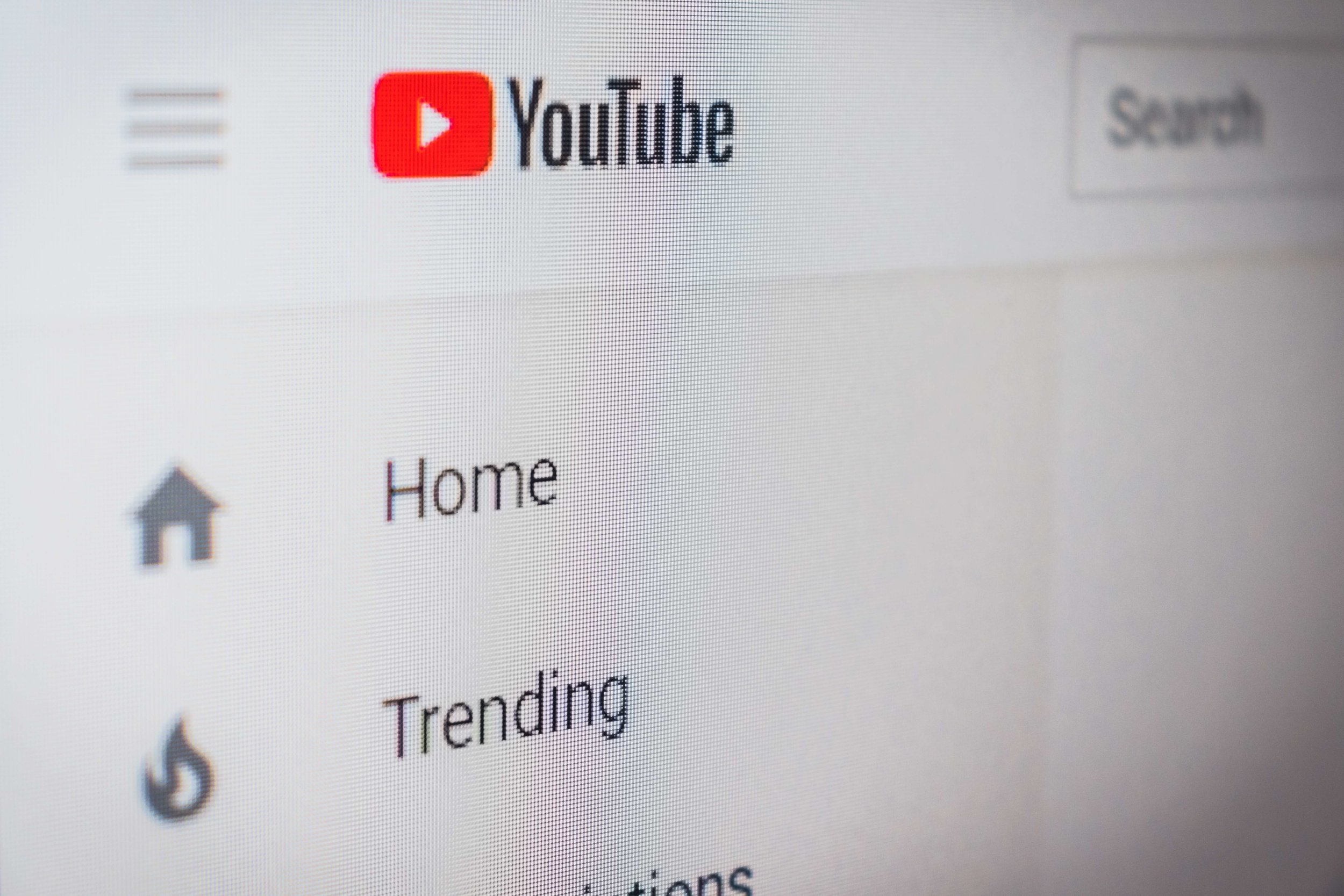Have you heard the buzzword “influencer” and wondered what the heck it was? Or if it’s a familiar term, have you struggled with how to find one of these elusive creatures to work with your nonprofit? Well, never fear—today’s post is for you.
While influencers have always existed, the Internet Age has given them new meaning, as well as new ways to capitalize on their popularity. (Cue the Wicked soundtrack!) Social media brought with it a whole host of new job possibilities. I mean, 15 years ago, we all would’ve laughed someone out of the room who said people would pay to watch another person play video games. But, here we are…
So, if getting an influencer to spread the word about your cause is on your To Do List, Kayleigh Alexandra of Micro Startups is going to break it down for you. I’ve seen social impact organizations have great success with this tactic, so I’d encourage you to give it a try and see what happens!
Growing your nonprofit can be tough. Aside from competing for attention against so many other worthwhile nonprofits, making donors care about a cause is a big task. Thankfully, influencers are here to make all of that a breeze.
It’s important to make time for your nonprofit marketing, and using influencers doesn’t just save you time—it’s also highly effective. Keep reading to find out how your nonprofit can benefit from an influencer collaboration in 2019.
What are influencers?
While you might not know exactly what influencers are, you’ve probably already encountered them without realizing it. Influencers are social media stars, tastemakers who command significant influence over their followings online.
There are countless examples of online influencers: Kim Kardashian, Marie Kondo, Jake Paul, Huda Kattan, Andrew Bachelor, Gary Vaynerchuk, Joanna Gaines—the list goes on. And for every influencer, there are ten more examples of brands partnering with them for a marketing campaign.
Influencers can be divided into two, broad categories: macro and micro.
Macro-influencers are the A-listers of the influencer world. With social followings in the high hundred-thousands or millions, these individuals are renowned the world over. Consequently, any brand looking to collaborate with them can expect to pay correspondingly high prices.
At the other end of the scale, however, are micro-influencers. These social stars typically have a follower count of around 10-100K.
While they are less well-known than their macro counterparts, micro-influencers enjoy a closer relationship with their followers. They occupy niche areas such as specific beauty subsets (think makeup tips for women with vitiligo), eating gluten-free, or mental health. Their community is intimate and closely-knit, and they’re more affordable as a result of a smaller follower count (though still substantial).
Why do nonprofits need influencers?
We’ve established the difference between macro- and micro-influencers. The former has a large following, so partnering with a macro-influencer for a marketing campaign gets your nonprofit seen by the masses.
But this isn’t the goldmine it first seems. The fact is, while macro-influencers generate more awareness, their campaigns lack engagement.
Research shows that when an influencer’s follower count reaches 1K, the ratio of likes to comments peaks. And when an influencer’s followers exceeds 100K, engagement starts to level out.
Micro-influencers, on the other hand, reach a far smaller audience but with much higher engagement. Their close bond with their followers means their content is received on a deeper, more meaningful level.
And for nonprofits, engagement is crucial. You could create a macro-influencer campaign that reaches 10,000 people. But if those people don’t care about the campaign—if they don’t engage with it—then it will fall flat.
Nonprofits need micro-influencers because the success of their initiative hinges on making people care, and influencers can make that happen.
How do I choose the right micro-influencer?
The key to a successful nonprofit-influencer campaign lies in choosing a micro-influencer who aligns with your nonprofit’s values.
Start with what your nonprofit stands for and the work you do, and go from there. For example, if you work with sufferers of anxiety and depression, a mental health influencer would be an ideal choice for your nonprofit.
You can find micro-influencers in a number of ways. There are plenty of influencer marketplaces that let you easily find influencers, sorted by industry, follower count, social profiles, and more.
But for a quick fix, simply scope out other nonprofits operating within your niche and see who they’ve partnered with. Take a look at their blogs and social media accounts to identify any influencer campaigns, and contact the influencer in question to request a collaboration.
Alternatively, you can search hashtags on social media to see what influencers are already talking about, and what causes might be of interest.
How to launch an influencer campaign for your nonprofit
You know the what and the why. Read on to discover some great influencer collaboration ideas that will grow your nonprofit.
Get your micro-influencer to tell your nonprofit story.
Micro-influencers are characterized by their special relationship with their followers. The interactions influencers have with them are genuine and meaningful—they are real. As a result, they enjoy an honest, trusting follower relationship.
This is a boon for nonprofits. The general public is numb to marketing, either switching over when an ad comes on TV, or switching off when they see one online. But when micro-influencers extoll the benefits of a nonprofit, their followers pay attention.
Use this special relationship to your own advantage and get your chosen influencer to discuss in depth why they partnered with you. They should outline your various initiatives, highlight the work you do, and even meet and interview someone your nonprofit has helped in the past.
Launch a UGC donation matching campaign.
Most brand-influencer partnerships use a contest, competition, or giveaway to grow their business. And while some nonprofits might benefit from this, an even better, albeit similar, idea is to launch an influencer-led user-generated content (UGC) donation matching campaign.
Donation matching is simple, but effective.
Your chosen influencer gets their followers to share an Instagram photo centered around a theme (e.g. if you’re an animal rights nonprofit, they might share a photo of their favorite animal) with a branded hashtag, following and tagging your account. For every photo shared, your micro-influencer donates $1 (up to a given value).
This strategy doesn’t just give you a quick donation boost. It also invites interaction with your social media followers. It creates a conversation with your followers, involving them with your nonprofit work and making them care.
A UGC donation matching campaign also gives your nonprofit a valuable publicity boost, netting you new followers and growing your Instagram account. Combine this with National Giving Day for an added promotional boost.
Involve your influencer to reach unengaged individuals.
Many nonprofits struggle to make their work seem real to donors. For example, let’s say you’re a nonprofit working with individuals suffering from Lou Gehrig’s disease. You might find it difficult to make people with no experience of the disease connect with your cause on a meaningful level, simply because it feels too distant.
Micro-influencers are the perfect conduit for breaching that distance. Invite your influencer to see first-hand the vital work you do, and encourage them to share their experience on social media.
Of course, sensitivity and confidentiality is crucial here. But when you and your micro-influencer work together to create a nuanced, insightful social campaign, you turn otherwise indifferent individuals into engaged, committed donors.
Influencer collaborations are an effective and affordable marketing strategy for nonprofits. They drive engagement and get your organization seen, helping you reach a whole new audience of potential donors who might otherwise not know your nonprofit. Use the tips above to create an influencer partnership that grows your nonprofit now and well into the future.
Kayleigh Alexandra is a writer at Micro Startups, your go-to place for charity news and insight. She loves writing about all the great nonprofits, startups, and entrepreneurs that make waves in their industry. For more of her work, check out the blog today @getmicrostarted.
Pin This Post For Later
I’m Kristi Porter, and I help cause-focused organizations understand and execute effective marketing campaigns so they can move from stressed to strategic. Your resources may be limited, but your potential isn’t. Whether you’re a nonprofit, social enterprise, or small business who wants to give back, I’ll show you how to have a bigger impact.
























































